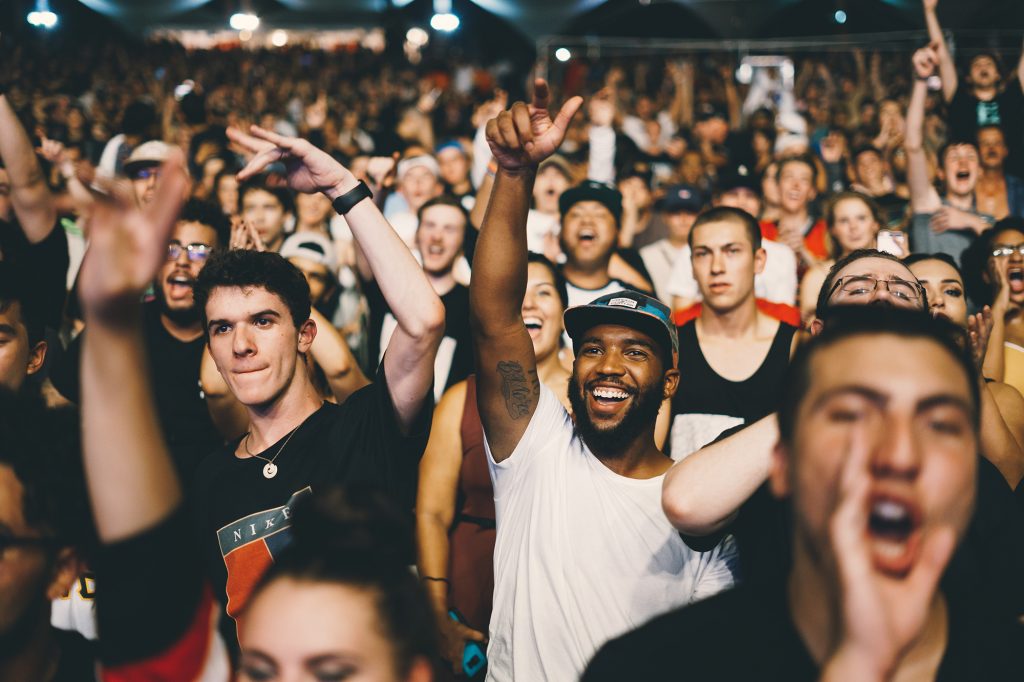How exactly do music streaming platforms build fandom? Or maybe they aren’t there to do that? Did you know that at least 66% of all music played on Spotify is catalog music owned by the major labels? This percentage is growing year on year. There is little chance of fixing the streaming industry for newer artists, it is but that’s ok.
9.99 streaming platforms like Apple Music and Spotify serve the purpose of delivering music to music listeners really well. They act in the same way as radio has done for the last century. They deliver music to music listeners all over the world. If you measure everything by number of plays then you’re already making the wrong assumptions. Streaming is random access radio. The music charts never used radio to measure who is in the “TOP TEN” – They used fandom which traditionally was the sale of physical products.
So, like radio, streaming gets music to the masses. Unfortunately, it doesn’t allow users to reach their favourite artists on any other level other than to “save” their favourite songs to their playlists which doesn’t allow the streaming listener to feel connected with the artist. Fans are not lazy, they will take the extra steps to connect with the artist if they like what they hear. This is where fandom kicks in.
Monetising fandom
Streaming doesn’t allow to differentiate between music listers and music fans. Music fans are quite happy to pay more directly to the artists they love. Music listeners just, well listen.
Building fandom monetisation into streaming platforms also doesn’t work. As soon as there’s a “big company” involved in the transaction fans feel disconnected and weary of supporting, they don’t believe the artist gets the right portion of the money from their support. Facebook has also had the same issue. They’ve launched five, yes five versions of their tipping system in the last six years and all have quietly disappeared. Fans, again, don’t want to help out big business.
There’s plenty of examples of fans supporting artists directly that work very well indeed. FanCircles is one of them. There’s also MuicGlue, Patreon and Bandcamp each serving direct to fan offerings. Each of these work, and provide a route for artists to earn directly from fans that are more than willing to support artists.
Re-creating an environment where artists and fans can come together is actually quite simple. Build the platform and the fans will come. Simple as that. And to dispute that is the same as disputing that fans can’t be bothered to go to a venue and would rather have the artist play in their living room. Fans go where the artist tells them to go. Fact! Ask any promoter.
What About Fan Clubs?
If the artist has (and this is important) an “own branded fan club app” their fans flock to it.
Streaming and social media channels should then be used to advertise to their social followers with content that is exclusively available on the artists’ own platform. FanCircles already do this and their latest examples include working with are Robbie Williams., Paloma Faith, Saul, The Levellers, Ed Harcourt, UB40 and even TV shows like Host Haunted. All of these have healthy incomes from their fans and both use streaming and socials to pull their audiences into a community that not only supports the artist but allows fandom to grow. Oh, and they own their own community.
Streaming (and social networks) work in tandem with fan club apps if they are used in the right way. Just don’t give all your content to platforms that give nothing back. Your fans will come to you. Just tell them where your online “home” is – Your own platform.

